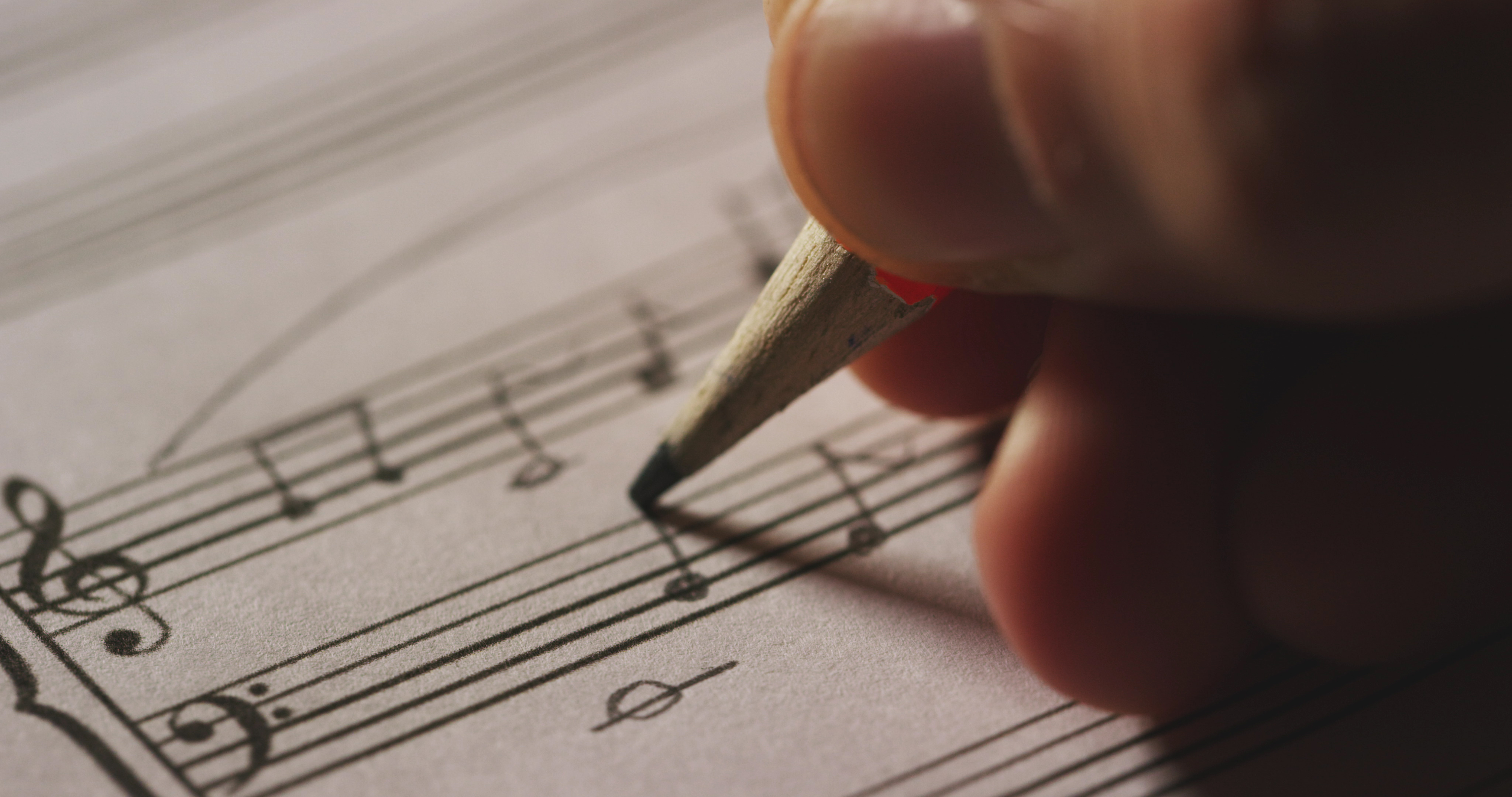
Rachmaninoff, followed by Bach, Brahms and Mendelssohn, was the most innovative of the composers who worked during the Baroque, Classical and Romantic eras of music (1700 to 1900) according to a study published in the open access journal EPJ Data Science.
A team of researchers from KAIST (Korea Advanced Institute of Science and Technology), calculated novelty scores for 900 classical piano compositions written by 19 composers between approximately 1700 and 1900. The scores were based on how musical compositions differed from all prior pieces of piano music and how they differed from previous piano works by the same composer. The authors found that composers from the Romantic era (1820 to 1910) tended to have high novelty scores.
The authors from the Graduate School of Culture Technology at KAIST created a computer model which divided each composition into segments called 'codewords'. Each 'codeword' consisted of all of the notes played together at a given time. Sequences of 'codewords' were then compared between compositions. The similarities between the sequences were used to create novelty scores for each composer and to determine the extent to which composers influenced each other.
Juyong Park, the corresponding author, said: "Our model allows us to calculate the degree of shared melodies and harmonies between past and future works and to observe the evolution of western musical styles by demonstrating how prominent composers may have influenced each other. The period of music we studied is widely credited for having produced many musical styles that are still influential today."
The model distinguished each new musical period from the one before it by the rise of newly dominant and highly influential composers that indicated dramatic shifts in musical styles. The authors found that compositions from the Classical period (1750 to 1820) tended to have the lowest novelty scores. During this period Haydn and Mozart were highly influential but were later overtaken by Beethoven during the Classical-to-Romantic transitional period.
The most innovative composer, indicated by the highest combined novelty score, was Rachmaninoff. His work during the Romantic era was novel when compared to the compositions of the other 18 composers included in the study, and his later works were novel compared to his earlier works.
Lower novelty did not necessarily correlate with low influence. Beethoven was ranked in the lower half of novelty scores yet was the most influential composer during the Romantic period (1820 to 1910) and is widely considered one of the greatest composers of all time.
Dr. Park said: "While novelty is necessary in a creative work it cannot account for all the creative and artistic qualities that go into creating melodies and harmonies that spread to later generations of composers. That may be why being more novel did not necessarily result in composers being more influential."
The authors suggest that their method could be applied to narrative or visual artworks by creating codewords from groups of words or colours and shapes. However, they caution that as only piano compositions were included in their analysis, it is unknown whether including all works by the 19 composers would have resulted in another composer being identified as the most original.
Profile: Prof. Juyong Park, PhD






